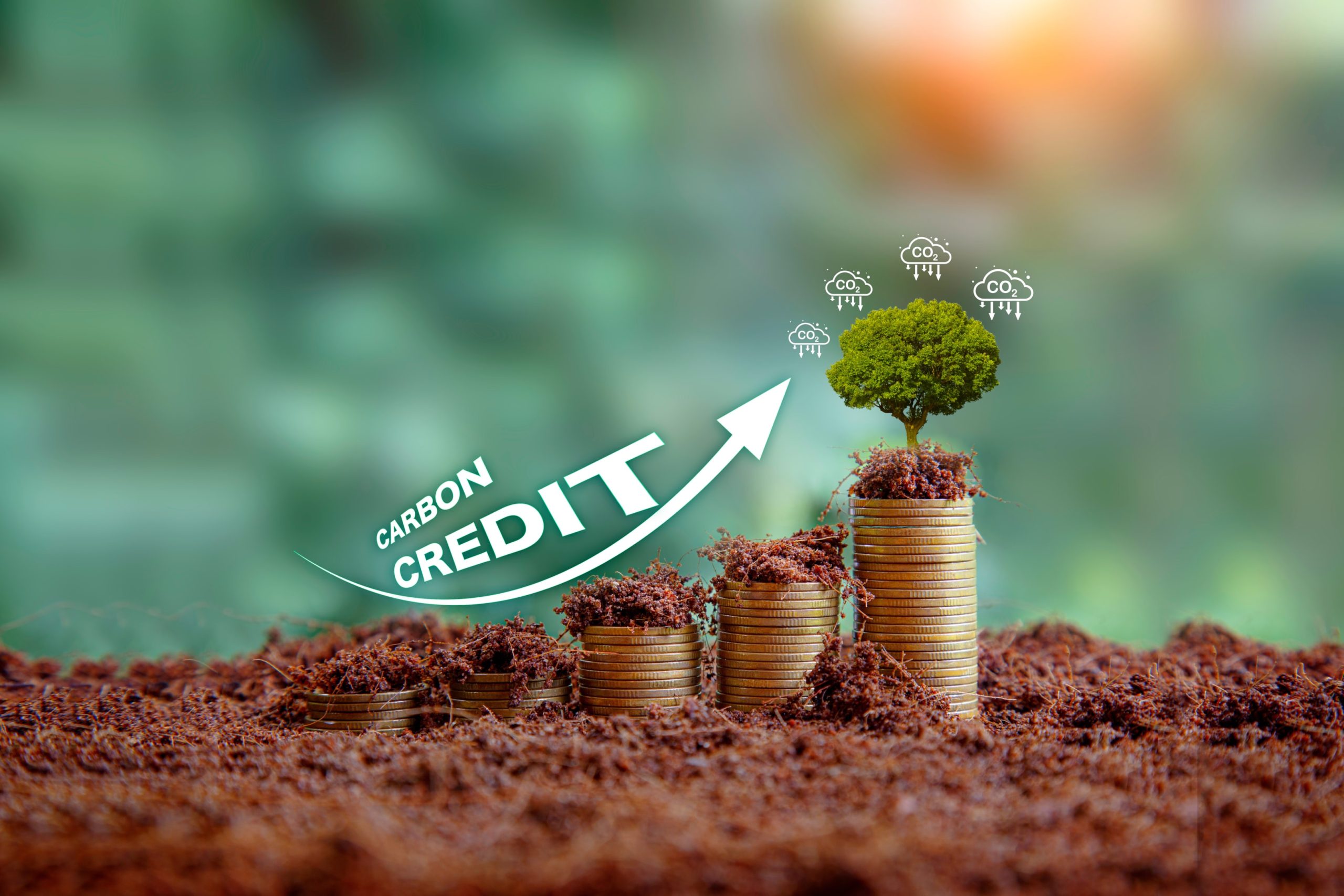Understanding Carbon Emissions

What are carbon emissions and their impact on the environment
Carbon emissions refer to the total amount of greenhouse gases, particularly carbon dioxide, released into the atmosphere as a result of human activities such as burning fossil fuels, industrial processes, and deforestation.
To understand how to reduce carbon footprint, it’s essential to measure and manage these emissions effectively. Tools like a carbon offset calculator can help individuals and businesses offset their carbon emissions by investing in projects that reduce greenhouse gases. These emissions significantly contribute to climate change, leading to severe environmental consequences like global warming, melting ice caps, rising sea levels, and disrupted ecosystems. The accumulation of carbon emissions exacerbates the greenhouse effect, trapping heat in the atmosphere and altering weather and climate patterns, which ultimately threatens biodiversity and human livelihoods.
Importance of Reducing Carbon Emissions
Lowering emissions can help stabilize global temperatures, reduce extreme weather events, and protect natural habitats.
Getting Started with Carbon Offsetting
What is carbon offsetting and how does it work
Carbon offsetting involves compensating for your carbon emissions by funding projects that reduce or prevent an equivalent amount of emissions elsewhere. This process allows individuals and businesses to balance out their carbon footprint by either travel emissions and supporting initiatives such as reforestation, renewable energy projects, and energy efficiency improvements. When direct emission reductions are challenging to achieve, carbon offsetting provides a practical solution to mitigate the environmental impact. It works by calculating your emissions and then purchasing the carbon offsetting credits that fund certified emission reduction projects, effectively neutralizing your environmental impact.
Benefits of Carbon Offsetting for the Environment
Carbon offsetting offers several environmental benefits by using carbon offsets and supporting projects that actively reduce greenhouse gas emissions. These projects, such as wind farms, solar power installations, and forest conservation efforts, contribute to lowering the overall carbon footprint and combating climate change. By using carbon offsets and investing in these initiatives, carbon offsetting not only helps to mitigate emissions but also promotes sustainable development, biodiversity conservation, and community benefits. It enables individuals and organizations to take immediate action in addressing their carbon footprint while fostering long-term environmental stewardship.
Choosing the Right Carbon Calculator
Types of carbon calculators available online
There are various carbon calculators available online, designed to help individuals and businesses estimate their carbon footprint. Free online calculators cater to different needs, from general calculators for everyday activities to specific tools for calculating travel emissions.
Some energy used calculators focus on household energy use, while others are tailored for businesses to assess their operational emissions. Travel-specific energy used calculators often account for different modes of transportation and provide detailed insights into the emissions associated with air travel, road trips, and public transport.
Features to Look for in a Reliable Carbon Calculator
When selecting a carbon calculator, it’s essential to choose one that is user-friendly and provides accurate estimates of your carbon emissions. Look for calculators that allow you to track your progress over time and offer personalized recommendations for reducing your carbon footprint.
Reliable pollution calculators should also provide comprehensive reporting, breaking down emissions by categories such as energy use, transportation, and waste. Additionally, choose pollution calculators that align with recognized standards and methodologies to ensure the credibility and accuracy of your emission calculations.
Calculating and Reducing Your Carbon Footprint

How to calculate your carbon footprint using a calculator
To calculate your carbon footprint using a carbon footprint calculator, start by entering specific details about your activities. For example, when calculating travel emissions, input the number of round trips and select the type of vehicle or aircraft used. Many calculators offer options to choose from different plane types, such as Very Light Jet (VLJ), Light, Midsize, Large, and Ultra Long Range. The carbon footprint calculator will then provide an estimate of your total carbon emissions, allowing you to understand the impact of your travel and identify areas for reduction.
Simple Ways to Reduce Your Carbon Footprint and Emissions
Reducing your carbon footprint can be achieved through various practical steps. Start by reducing energy consumption at home and work by using energy-efficient appliances and lighting. Consider implementing sustainable food choices, such as reducing meat consumption and opting for locally sourced produce. Other effective measures include minimizing waste through recycling and composting, conserving water, and adopting a more sustainable lifestyle. These actions collectively help decrease your carbon emissions and contribute to a healthier planet.
Taking Action with Carbon Offset Projects
Types of carbon offset projects that make a difference
Carbon offset projects vary widely but generally fall into categories such as forestry and biodiversity, clean and efficient energy, and sustainable agriculture. Forestry carbon offsetting projects involve activities like reforestation and forest conservation, which help sequester carbon and protect ecosystems.
Clean energy projects include the development of wind, solar, and hydropower facilities, which reduce reliance on fossil fuels. Sustainable agriculture projects are developed to support and promote practices that reduce emissions and improve soil health. These projects are designed to create long-lasting environmental benefits and support the global effort to mitigate climate change.
How to Choose a Reputable Carbon Offset Project
When selecting a carbon offset project, it’s important to ensure the project is certified by recognized standards such as the Verified Carbon Standard (VCS) or the Gold Standard. Look for projects that demonstrate measurable social and environmental benefits, align with your personal or organizational values, and have transparent reporting practices.
Reputable projects should provide detailed information on their methodologies, impact assessments, and the use of funds. By choosing verified and impactful projects, you can be confident that your contributions are making a real difference in reducing global carbon emissions.
Frequently Asked Questions

Common questions about carbon offsetting and emissions
- How do carbon offsets work?
- Carbon offsets work by allowing individuals or businesses to compensate for their carbon emissions by funding projects that reduce or remove an equivalent amount of greenhouse gases.
- What are the benefits of carbon offsetting for the environment?
- Carbon offsetting supports projects that reduce greenhouse gas emissions, such as renewable energy, reforestation, and energy efficiency, helping to combat climate change and promote sustainable development.
- How can I reduce my carbon footprint and emissions?
- Reduce your carbon footprint by adopting energy-efficient practices, using renewable energy sources, minimizing waste, choosing sustainable transportation options, and supporting carbon offset projects.
Conclusion
Reducing carbon emissions is crucial to mitigating the impact of climate change and ensuring a sustainable future. By taking action through carbon offsetting and implementing measures to reduce your carbon footprint, you can make a significant difference in the fight against climate change. Embracing sustainable practices and supporting projects that reduce greenhouse gas emissions are essential steps towards creating a healthier planet for future generations. Start your own offset your journey today and contribute to a greener, more sustainable world.
